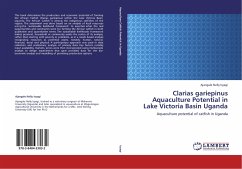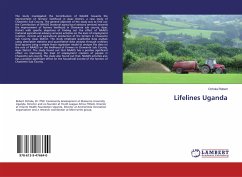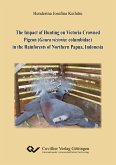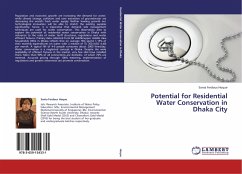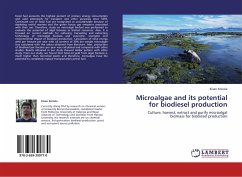This book determines the production and economic potential of farming the African Catfish (Clarias gariepinus) within the Lake Victoria Basin, Uganda. The African Catfish is among the indigenous catfishes of the region. The assessment was done based on an analysis of local resources using the sustainable livelihood framework to ascertain what the real opportunities and constraints were for farming the African catfish in both qualitative and quantitative terms. The sustainable livelihoods framework makes personal, household or community assets the centre of its analysis, rather than starting with poverty or problems, as in a needs based analysis recognizing resources as potential assets, notably: human, natural, financial, social and physical. A participatory approach was used in data collection and preliminary analysis of primary data. Key factors notably input availability, markets, prices were then incorporated using multivariate analysis to design experiments that gave provided data for the bio-economic analysis and modelling of promising production options.
Bitte wählen Sie Ihr Anliegen aus.
Rechnungen
Retourenschein anfordern
Bestellstatus
Storno

